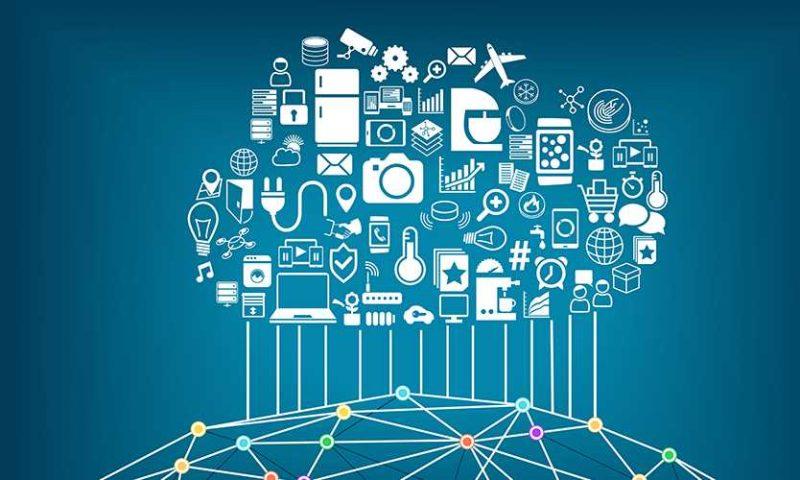India, a rapidly developing nation in the realm of technology and connectivity, has achieved an overall score of 43 percent in the Internet Resilience Index (IRI). This achievement positions India as the sixth-ranked country in the South Asian region.
The IRI, developed by the global non-profit organization Internet Society, provides a comprehensive assessment of a country’s internet ecosystem, taking into account factors such as security, performance, infrastructure, and market readiness.
Security Stepping Up: India’s IPv6 Adoption
The country’s security ranking has been deemed above average, largely attributed to its exceptional adoption of the latest Internet Protocol, IPv6. As the world grapples with the expansion of networks and the depletion of IPv4 addresses, India has taken a leading stance by embracing IPv6, which supports the ever-growing demand for internet-connected devices.
A Glimpse at the South Asian Landscape
Top 5 countries in the Internet Resilience Index (IRI):
| Rank | Country | Internet Resilience Index (IRI) Ranking |
|---|---|---|
| 1 | Bhutan | 58 percent |
| 2 | Bangladesh | 51 percent |
| 3 | Maldives | 50 percent |
| 4 | Sri Lanka | 47 percent |
| 5 | Nepal | 43 percent |
While India’s commendable internet resilience is noteworthy, several neighboring countries have exceeded it in the IRI ranking. Within the South Asian region, countries like Bhutan (58 percent), Bangladesh (51 percent), Maldives (50 percent), Sri Lanka (47 percent), and Nepal (43 percent) have achieved higher positions. These rankings offer valuable insights into the region’s advancement and highlight areas where India has the potential to enhance its internet resilience.
Deconstructing the Pillars: Infrastructure, Performance, Security, and Market Readiness
Delving deeper into the IRI assessment, India’s scores across the four crucial pillars provide valuable insights into specific areas of strengths and weaknesses.
- Infrastructure (31 percent): This pillar evaluates the physical infrastructure available for internet connectivity in India. Notably, India’s mobile coverage surpasses its fixed network coverage, indicating the country’s reliance on mobile networks for internet access.
- Performance (40 percent): Performance assesses the ability of India’s networks to deliver seamless and reliable internet services to end-users. Surprisingly, India’s mobile performance lags significantly behind its fixed network performance, with mobile scoring at 29 percent compared to fixed network’s 55 percent.
- Security (66 percent): Security measures the resilience of India’s networks against intentional or unintentional disruptions through the adoption of security technologies and best practices. India’s notable adoption of IPv6 likely contributes to its strong security ranking.
- Market Readiness (35 percent): This pillar evaluates India’s ability to regulate its internet market and provide affordable prices to end-users. The relatively low score here suggests room for improvement in fostering a diverse and competitive market.
About The Internet Society
Established in 1992, the Internet Society (ISOC) is a non-profit advocacy organization based in the United States. Its objective is to advance the open growth, progression, and utilization of the Internet to serve the best interests of people worldwide. The organization maintains offices in Reston, Virginia, U.S., and Geneva, Switzerland.
Key Points for Competitive Examinations
- President and Chief Executive Officer of Internet Society: Andrew Sullivan



 Indian Olympic Medal Winners List Till N...
Indian Olympic Medal Winners List Till N...
 Who is the Inventor of the Gramophone?
Who is the Inventor of the Gramophone?
 HS Dhaliwal Appointed New DGP Of Andaman...
HS Dhaliwal Appointed New DGP Of Andaman...
